The earth is so big, and we humans are just a speck of dust in the universe. The world is so big, and there are many things and phenomena that we cannot explain with science. We call them unsolved mysteries. Today we will take stock of the ten most interesting unsolved mysteries in the world!

Mosaic lines of China, Gansu Province
These mosaic lines in the Chinese desert were first discovered by Google Maps, but their purpose remains a mystery. Some reports suggest they were constructed in 2004 as a base for military targeting exercises, but such a purpose has yet to be officially confirmed. Some believe the lines are symbols or images intended to be visible to UFOs from orbit, similar to the claims about the Nazca Lines in Peru's Atacama Desert.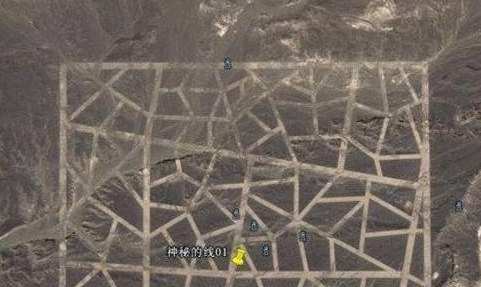
Lauradoff Stone Disc
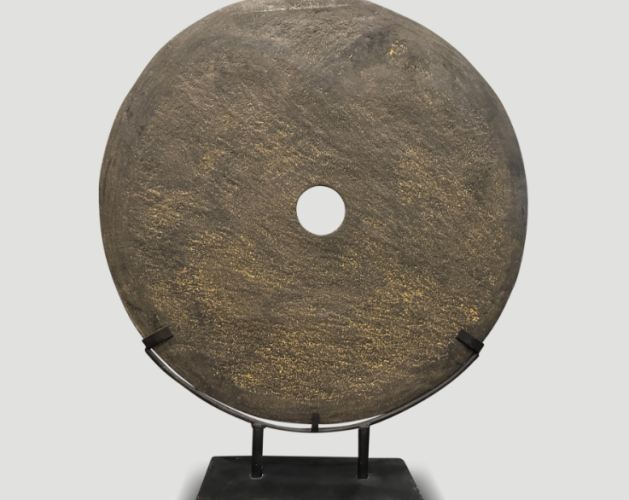
The Lauradov Disc is a 12,000-year-old stone disc discovered in Nepal. It clearly depicts a disc-shaped UFO, seemingly an alien being within a rotating galaxy. While the ancient Egyptians had records of believing in other life forms, there is little evidence that other ancient cultures also believed in extraterrestrial life forms. This may be a sign that the concept of aliens is not a modern invention, but rather an innate fear that has existed since the dawn of humanity.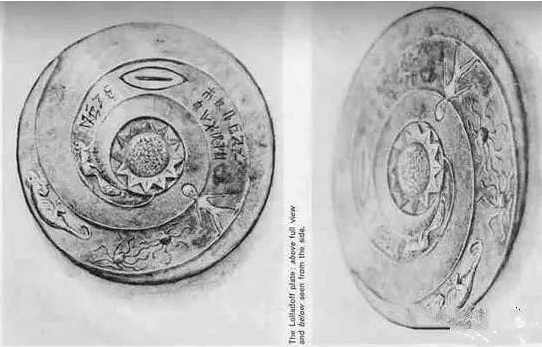
Mayan pyramids, Teotihuacan, Mexico

The Maya were an ancient Mesoamerican civilization known for their magnificent temples and their encounters with Spanish colonists. The Maya were deeply religious and believed in human sacrifice. Recently, researchers have noted that their temples were constructed from a costly, shiny material called mica. Mica is used in modern energy and technology, but the question remains whether the Maya were aware of its power and purposefully constructed secret energy sources to protect their cities from attack. Most likely, the Maya were unaware of the mica's energy-generating properties and used it simply for its dazzling, shiny texture.
300 million-year-old screw, Russia
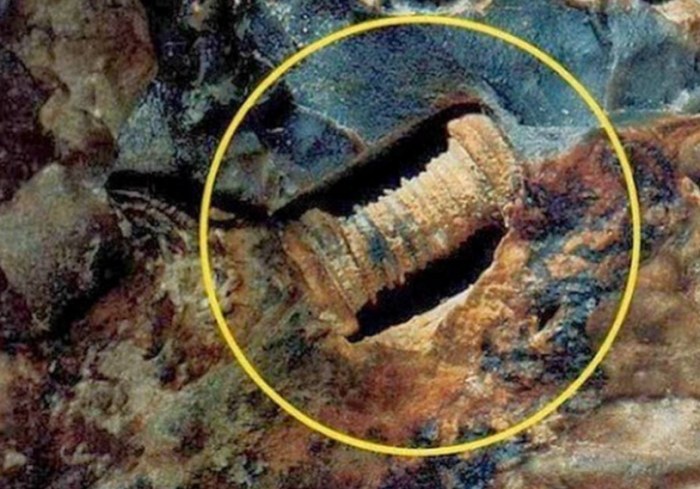
Another strange mystery remains unsolved for investigators: the discovery of a screw-like object in 300-million-year-old rock near Moscow in 1998. The screw is clearly visible in the rock, which itself dates back 200-300 million years, before any intelligent life on Earth. While the screw may have been embedded in the rock later, this geological event has yet to be confirmed, meaning the discovery of this 300-million-year-old screw remains a mystery.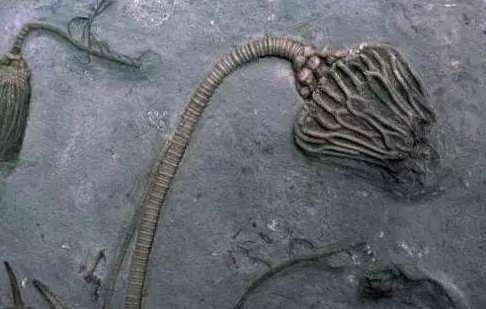
Sliding Rocks, Death Valley National Park, California
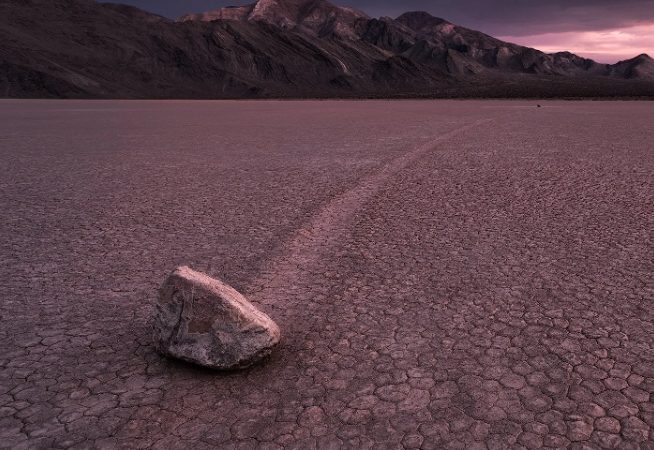
These rocks, known as the "Sail Rocks," lie in the middle of a dry lake in the national park called Racetrack Basin. The lake is remarkably flat and stretches 2.5 miles from north to south. Scientists have attempted to explain how the rocks moved across the flat lakebed, with theories ranging from strong winds to UFO activity. Recently, however, the mystery was solved by NASA scientist Ralph Lorenz, who discovered that under winter conditions, there was enough water and ice to allow the rocks to float along the muddy bottom of Racetrack Basin, leaving traces as they moved.
Ceremonial center at Lake Nabtagan, Egypt

Located in the Egyptian Sahara Desert, the site of Nabta contains the world's earliest known astronomical alignment of rocks, predating Stonehenge in England by a thousand years. Although civilization last emerged in this arid region of the Nubian Desert between the 8th and 10th centuries BC, the stone remains near what appears to be an ancient lake. While the desert is now completely dry, evidence suggests that moisture lasted between 130,000 and 70,000 years ago, likely forming a lake near a ritual site. While the origins of the site are not necessarily a mystery, it is interesting that Stonehenge is generally considered the original astronomical site, while Nabta predates it by a thousand years.
Unexplained Stone Dolls, Nampa, Idaho
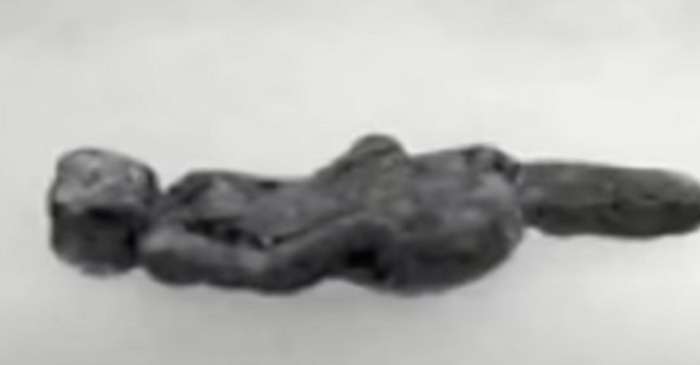
This stone doll was discovered in July 1889 during a drilling operation in Nampa, Idaho. Clearly made by human hands, the doll was found 320 feet deep, predating human habitation in that part of the world. Some believe the doll was planted by aliens, or perhaps it simply sank deeper and deeper into the earth over time. The doll itself may not be a mystery, but how it came to be so deep is certainly puzzling.
Puzzling Wedge, Transylvania
This aluminum wedge was discovered in 1974 on the banks of the Mures River in Transylvania, buried within 20,000-year-old mastodon bones. Based on the shape of its shell, the wedge itself is thought to be approximately 300-400 years old. Aluminum is usually adulterated with other metals, but in this case, it's made of pure aluminum, which is intriguing, considering aluminum wasn't discovered until 1808, and high-quality production wasn't until 1885. So, where did they get the aluminum, or was it possible that more than one brilliant mind came up with the formula?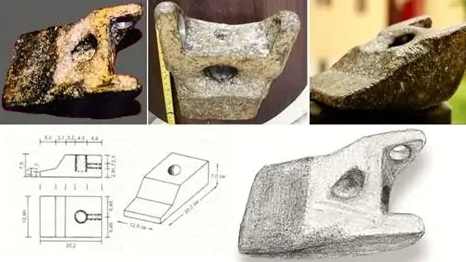
Dog Suicide Bridge, Scotland
This petrified giant was discovered in Ireland during a mining operation in 1895. Standing 12 feet tall, with arms and legs 4 feet long, he also had six toes on one foot. His appearance reminded many of a passage in the Book of Samuel: "There was war again in Gath, and there was a man there of great stature, having six fingers on each hand and six toes on each foot, for a total of twenty-four toes; he was a born giant."
The Thames naked woman's body case
Built in 1859, Overton Bridge in Dumbarton, Scotland, is famous for the large number of dogs who have committed suicide by jumping from it. Cases of dogs committing suicide on the bridge were documented in the 1950s and 1960s, and continue to occur today. However, there is little evidence that dogs are capable of performing or understanding suicidal behaviors, suggesting that a scent near the bridge may be a factor in the dogs' ability to make such a leap despite the height.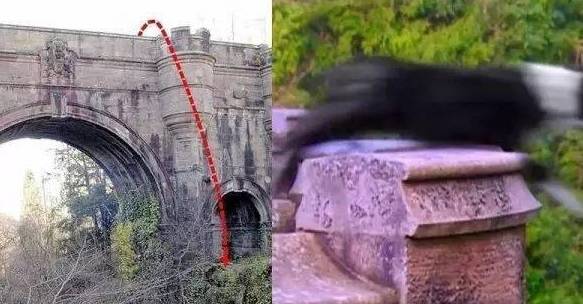
Leave a Comment